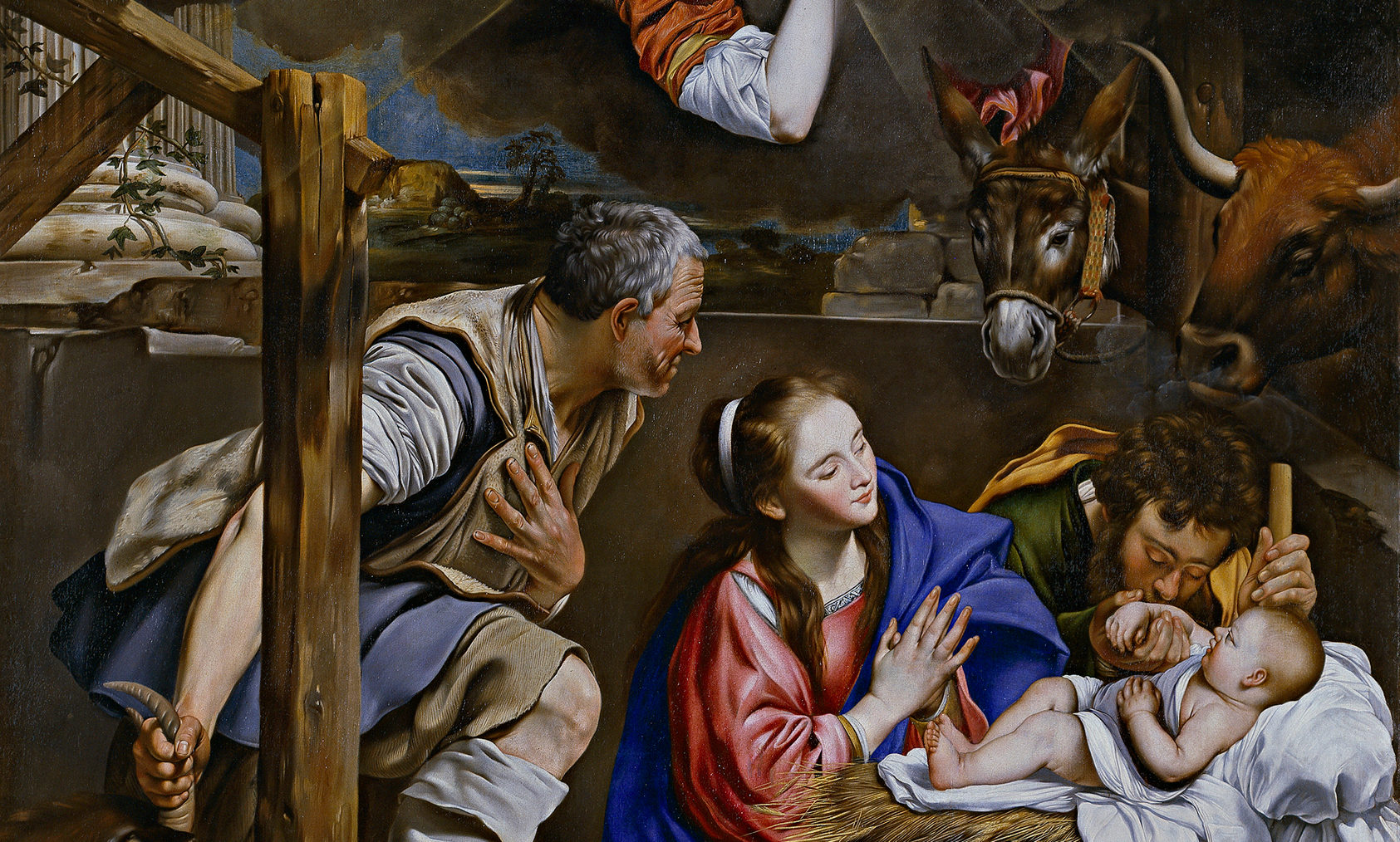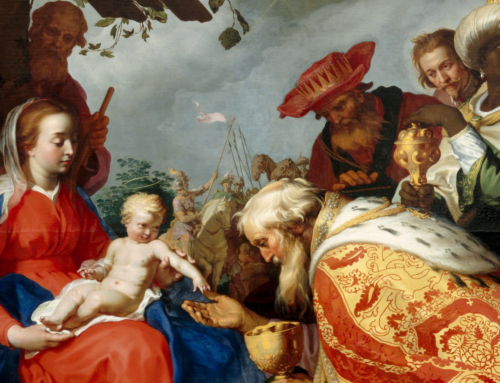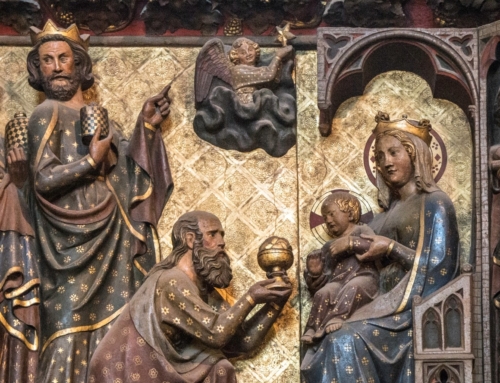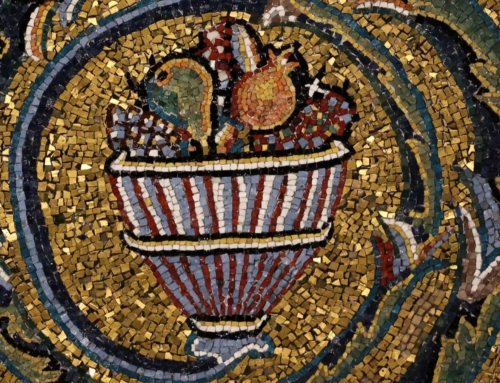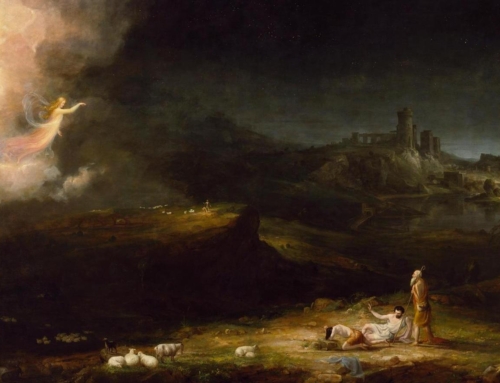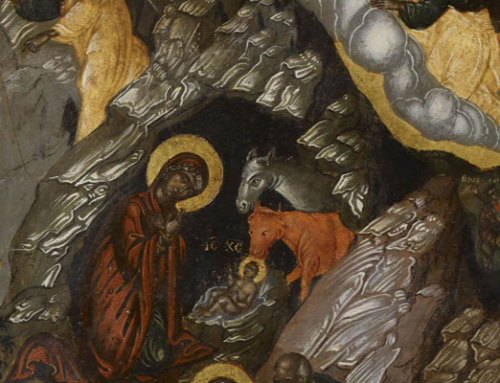Since I was little, I’ve known that the way to Bethlehem is best traveled “con mi burrito sabanero” (with my little savannah donkey). I first learned this from a Venezuelan Christmas carol (here with English subtitles) that sings:
Con mi burrito sabanero voy camino de Belén,
Si me ven, si me ven, voy camino de Belén.
El lucerito mañanero ilumina mi sendero,
Si me ven, si me ven, voy camino de Belén.
Con mi cuatrico voy cantando, mi burrito va trotando,
Si me ven, si me ven, voy camino de Belén.
tuquituquituqui, tuquituquitá
Apúrate mi burrito que ya vamos a llegar!
tuquituquituqui, tuquituquitú
Apurate mi burrito que vamos a ver a Jesús!
With my little savannah donkey, I’m on my way to Bethlehem,
If y’all see me, if y’all see me, I’m en route to Bethlehem.
The little morning star illumines my path,
If y’all see me, if y’all see me, I’m en route to Bethlehem.
With my cuatrico, I go singing, and my donkey goes on trotting,
If y’all see me, if y’all see me, I’m en route to Bethlehem.
tuquituquituqui, tuquituquitá
Hurry up little donkey, we’re almost there!
tuquituquituqui, tuquituquitú
Hurry up little donkey, we’re gonna see Jesus!
The song’s catchy tune, simple words, and repetition taught me and my siblings to live the Advent and Christmas seasons oriented toward Bethlehem, where we find our Incarnate Lord, the Child Jesus. As I grew up, the song’s donkey seemed to me to be incidental, a nicety for children. I thought we could very well travel to Bethlehem on foot, by horse, on a boat, or in an automobile. However, in recent years I’ve discovered a deeper significance to the little donkey.
Reading the Gospels and learning from Christian traditions, I found that a donkey was present in the life of Jesus at least on two occasions. Interestingly, they are both episodes of advent, of the Lord coming among us to reveal and fulfill His promised salvation. The most explicit of the two is given us by St. John, who records how Christ, riding on a donkey, triumphantly entered Jerusalem where He would undergo His Passion. However, Jesus our King also fulfilled Zechariah’s prophecy earlier in his life. For the Messiah came to Judah from Galilee riding the donkey that carried His pregnant Mother. This same donkey, we can imagine, witnessed the birth of the Christ Child and helped keep Him warm in the stable. It again took up its sweet burden to help the Holy Family flee to Egypt and perhaps, once more, to bring them home to Nazareth.
In imitation of my patron, Saint Josemaría Escrivá, “the theologian of the donkey,” I have learned to see myself in the place of this animal chosen to carry the light burden of Jesus and Mary. Saint Josemaría extolled good donkeys for the virtues they embody: humility, industry, perseverance, docility. He kept donkey figurines around his office and in the houses of Opus Dei, to remind himself and his spiritual children always to imitate these virtues. He recognized his nothingness before the Lord, often praying these words from Psalm 73: “When my soul was embittered, when I was pricked in heart, I was stupid and ignorant, I was like a donkey toward thee. Nevertheless I am continually with thee; thou dost hold my right hand.” He had great confidence that God loved this little, humble creature and would use him like He used the donkey from the Scriptures to carry and help Jesus and Mary if he let himself be led by St. Joseph. Saint Josemaría knew that as the Prince of Peace had chosen the donkey to transport Him to Bethlehem and Jerusalem, so He chose him and all Christians to be Christ-bearers to the people of their own times and places.
These last days of Advent, let us become little donkeys before the Lord. Let’s bear upon our backs the Theotokos, and let’s make our way to Bethlehem to see Jesus.
✠
Image: Fray Juan Bautista Maíno, Adoración de los pastores (detail)

